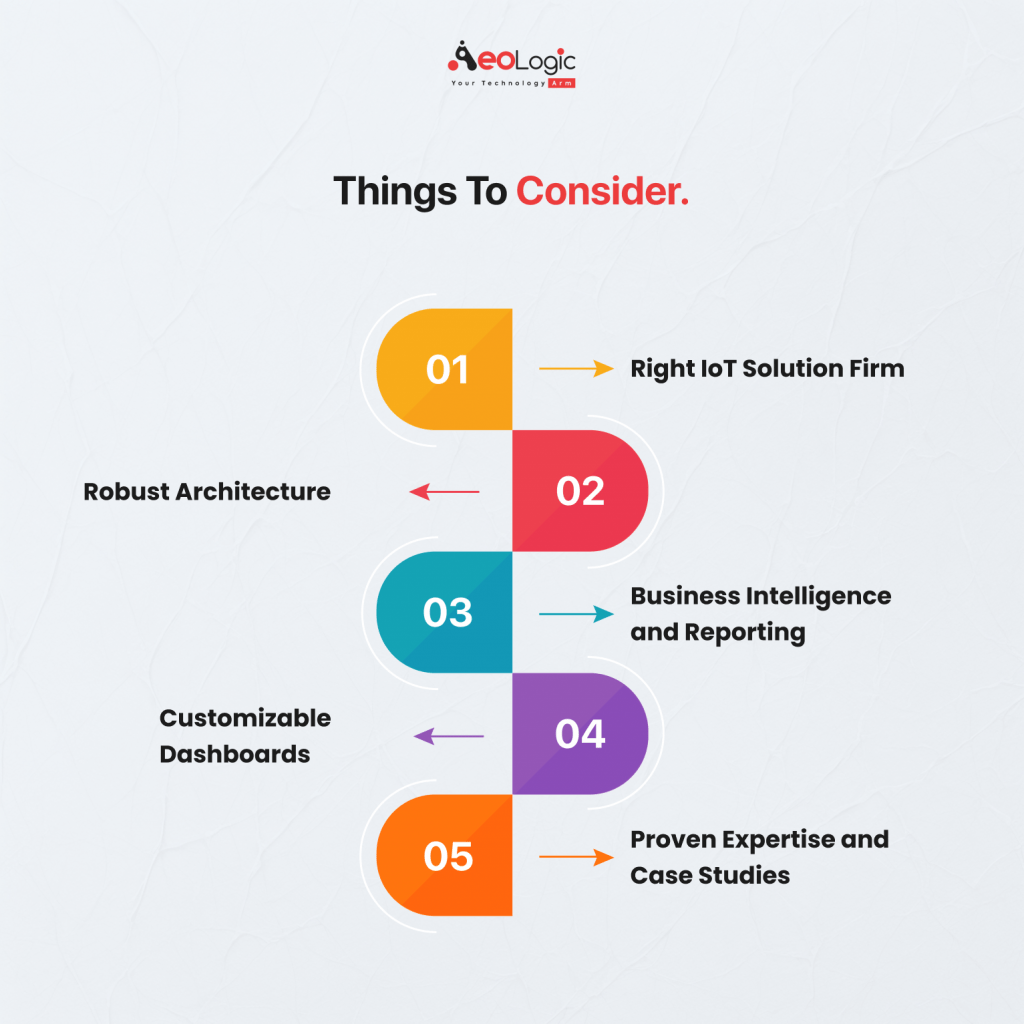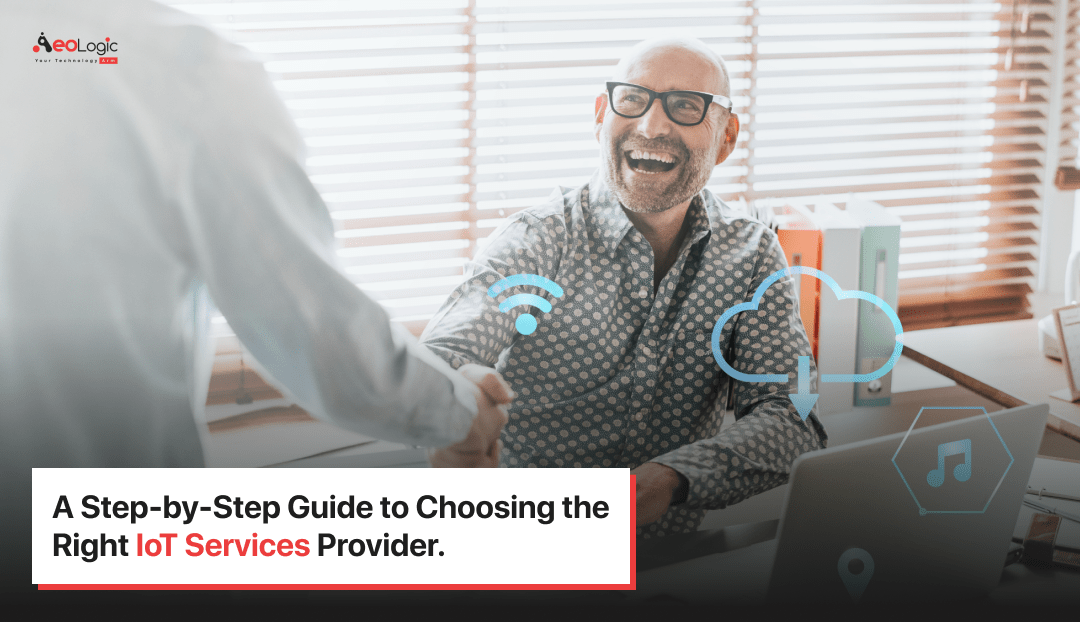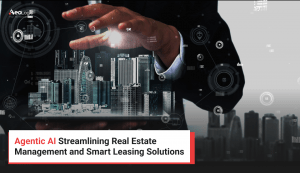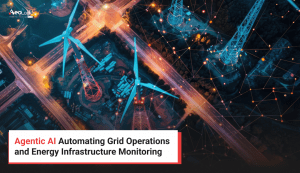If you are seeking for a company that specializes in custom IoT (Internet of Things) development, look no further. There are now numerous advance IoT solutions on the market, and you should choose the one, according to your specific needs. Developing a custom IoT solution is a no-no since it requires significant work to mature in terms of scalability, performance, integration, and security.
The first step in selecting the best IoT provider is determining if they offer a complete IoT solution or just an IoT platform.
The first thing you want to know is whether they are a comprehensive IoT service provider or simply another IoT Platform firm. Be aware that with an IoT platform, you will be responsible for everything and will need a high level of IT expertise to deploy it. On the other hand, with a complete IoT solution, you get everything right out of the box.
Overview
Many IoT platforms do not provide the full range of services required to help a firm establish an IoT business solution. Every IoT platform must be configured, changed, and integrated with back-end systems and data to satisfy the needs of an IoT project or deployment.
The complexity of integration could include having your engineers and developers test development boards to understand their capabilities, working with system integrators to audit existing IoT endpoints and systems, or collaborating with third-party analytics companies to analyze large data sets.
All of this activity will require significant investment in connecting the IoT platform with your specific environment and tailoring it to your vertical market industry. System integrators will frequently handle this customization, which will often cost more than IoT platforms do.
Also Read: The Best IoT Solutions To Revolutionize Your Business
6 Things To Consider When Choosing an IoT Service Provider

Choosing the right IoT service provider is crucial for the success of your digital transformation journey. Here are 6 key factors to help you make the best decision.
1. Look for Best IoT Solution Firm
To fulfill their IoT project needs, firms generally concentrate primarily on equipping their devices and selecting an IoT platform hub. They frequently overlook the extent of influence that these projects will exert on their applications. However, IoT business solutions often cannot be completely executed technically or fully actualized commercially until they are seamlessly linked with pertinent business applications to enhance key business processes.
IoT solutions are developed by incorporating a combination of:
-
- Real-world things.
-
- A distributed IoT platform suite, containing some or all IoT endpoints, IoT edge platforms (gateways), and IoT platform hubs
-
- Relevant mobile and corporate applications and procedures, whether existing, new, or changed.
2. Architecture
The core of any IoT solution is essentially an IoT platform. The market is saturated with hundreds of IoT PaaS vendors, and an even more dazzling IoT platform must accompany an exceptional IoT solution. Therefore, what architectural attributes should an IoT platform possess?
IoT projects usually include a huge quantity of IoT data and IoT devices. Many organizations will be required to establish new policies for information management and rely on sophisticated web-scale features to process the vast amounts of IoT data from numerous sources. For certain organizations that are already grappling with the management of conventional master data, this may be an intimidating endeavor.
IoT cybersecurity has been identified as the primary technological challenge by IoT adopters. The cybersecurity prerequisites encompass the following:
-
- Risk and policy management and enforcement
-
- The capacity to detect, monitor, and respond to threats
-
- A distributed access control and administration across IT assets
The IoT solution provider should be able to customize it to suit your specific needs. IoT project implementers frequently underestimate the complexity of IoT integration. The minimum requirements are the integration of IoT devices and data, enterprise applications, SaaS, mobile apps, and legacy systems.
Related Blog: The Role of IoT in Ensuring Cybersecurity For Telecom Infrastructures
3. Evaluation and Reports
There is no difference between companies in what industry they are in; if they make quick business decisions, they need to be part of business data. In order to improve their skills and make good use of data, the right company would use business intelligence in the following ways:
BI speeds up the decision-making process for a company because it encourages people to look for new possibilities and points out the biggest threats.
That an organization can share and keep an eye on real-time data and then turn it into easy charts and tables is what makes it special with the right dashboard.
Identification of patterns and user-friendly correlation of trends are the out of the box solution feature for a right custom IoT developer company. 
4. Custom Dashboards and Pre-Defined Reports
A dashboard that helps the real world and the digital world talk to each other is necessary for the human-machine relationship to work. To give people a more in-depth look at things, the dashboard should be able to be changed based on their priorities. Make sure that the service meets all of the common needs of different types of users, such as an operations manager, an executive, and a field technician.
5. Look for Case Studies
Past product implementation expertise has consistently been crucial in future project execution, particularly in the implementation of IoT products. Look for case studies of the IoT project deployment by the individual IoT solution vendor. A proficient IoT product Provider can assist you in identifying the established architecture that will enhance the usability and security of your product.
-
- Proven Expertise Matters: Previous experience in IoT product implementation ensures smoother execution of future projects.
-
- Review Case Studies: Evaluate the IoT vendor’s portfolio to understand their capabilities through real-world project deployments.
-
- Leverage Established Architectures: The best IoT provider can guide you in using tried-and-tested architectures for better product performance.
-
- Focus on Usability and Security: Ensure the IoT solution provider prioritizes features that enhance both user experience and system security.
-
- Reliable Support for Scalability: Choose a vendor capable of scaling solutions effectively to meet your growing business needs.
Also Read: The Role of IoT in Smart Grid Solutions for Modern Utilities
6. Complete Project Cost
Avoid pursuing a grandiose or exorbitantly costly solution. IoT is not yet mature, so recommendations are to go for an iterative strategy starting from a PoC (Proof of Concept). Go with suppliers who provide a SaaS model so that you are not invested ahead of time and can choose an Opex (Operational Expenditure) model.
-
- Start Small with a PoC: Begin your IoT journey with a Proof of Concept (PoC) to test feasibility and identify potential challenges before scaling up.
-
- Adopt an Iterative Approach: Avoid expensive, all-encompassing solutions; instead, implement IoT solutions in phases to ensure flexibility and gradual improvements.
-
- Prioritize SaaS Providers: Choose suppliers offering a Software-as-a-Service (SaaS) model to avoid heavy upfront investments and benefit from subscription-based scalability.
-
- Opt for an Opex Model: Favor Operational Expenditure (Opex) models over Capital Expenditure (Capex) to maintain financial agility and minimize risks.
-
- Evaluate Maturity of IoT Solutions: Recognize that IoT is still evolving and focus on practical, adaptive solutions that align with current technological capabilities and future advancements.
Also Read: IoT Solutions for Environmental Monitoring and Sustainability
Final Words
Choosing the right IoT services provider is a critical decision that can shape the success of your business in the connected world. By evaluating their expertise, understanding your specific needs, and ensuring a strong alignment with your goals, you can unlock the true potential of IoT for your organization.
At Aeologic Technologies, we pride ourselves on being experts in delivering tailored IoT solutions that drive innovation and efficiency. With years of experience and a commitment to excellence, we’re here to partner with you on your IoT journey.
Do you have questions about an IoT project? Speak with one of our experts today at +91-120-3200058 Email us at support@aeologic.com
Also Read: RFID and IoT Solutions for Real-Time Inventory Management in Retail
Related Blog: AI Chatbots Solutions for Customer Service Automation
FAQs
How do I compare different IoT service providers effectively?
Simply looking at the price tags of IoT service providers or surface-level features isn’t enough when comparing them. First, look at the service provider’s relevant experience in the same industry—this is particularly important if your business has special compliance or business needs.
Next, analyze how deep their technical capabilities run, across the entire IoT stack—hardware prototyping, device connectivity, cloud integration, data analytics, and security.
Ask providers for case studies and client references to validate their experience. Evaluate how well they understand your business challenge and whether they only provide off-the-shelf IoT platforms or solutions that can be customized.
Finally, evaluate what deployment support they provide, including training, firmware updates, ongoing support, and how they approach scaling your IoT.
What industries benefit the most from IoT services?
There are many industries being changed through IoT solutions. In the manufacturing sector, IoT monitoring helps organizations monitor machinery, conduct predictive maintenance, and improve supply chain visibility.
In logistics and transportation, connected sensors optimize routing, monitor temperature-sensitive shipments and track assets throughout the world.
Healthcare uses IoT wearable devices, fitness trackers and smart monitoring systems to improve patient outcomes. Agriculture uses IoT to track weather systems, soil conditions and their irrigation systems, through “Precision Farming”.
Retail and smart buildings use IoT to enhance customer experience, the automation of energy usage, and maintain optimal inventory levels.
How long does it take to deploy a full IoT solution?
The timeline for a deployment varies with the complexity of the project and whether you are building the IoT solution from scratch or using existing infrastructure.
A small-scale IoT pilot could take a few weeks whereas an enterprise-grade solution could take several months.
A good IoT service provider will create a phased deployment plan with the first phase being gathering requirements followed by hardware tinkering, integration of the systems, cloud configuration, and data analytics.
This kind of phased approach will help mitigate delays by ensuring each component is functioning properly before rolling out the entire project.
What questions should I ask during an IoT consultation?
An effective consultation starts with good questions. Ask the following 5 questions:
- What sectors have you worked in?
- How do you keep your devices and/or data secure?
- Which platforms or technologies do you use?
- Will your solution scale with our business?
- What kind of support do you provide in the post-deployment phase?
These questions can help you determine their knowledge of your sector, their technical capabilities, and whether they have a long-term interest in partnership versus just delivery.
Do IoT service providers also offer analytics and reporting tools?
Leading IoT providers, such as Aeologic, commonly offer internal or integrated analytics and reporting dashboards. Analytics and reporting capabilities allow you to follow your data in real-time, view trends, track KPIs, and, in some cases, get alerted if anything is out of the ordinary.
More advanced analytics systems could even include predictive analytics through machine learning to predict potential outcomes of events, such as equipment failures, customer behaviors, readiness of supply chains or possible risks.
Most even provide customizable insights designed for decision-making, so systems can serve insights relevant to decisions and not just show the same raw metrics.









